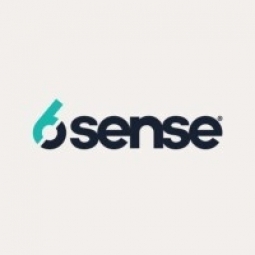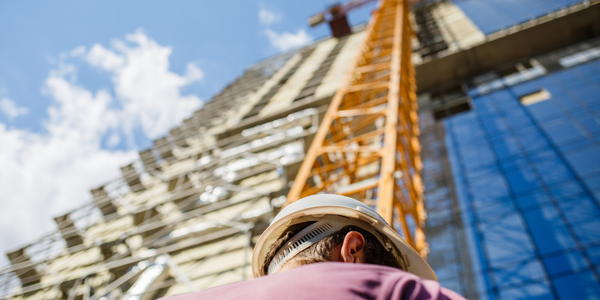技术
- 网络与连接 - 5G
适用行业
- 水泥
- 建筑与基础设施
适用功能
- 维护
- 销售与市场营销
用例
- 时间敏感网络
- 虚拟原型与产品测试
关于客户
FARO Technologies, Inc. 是 3D 测量、成像和实现解决方案领域的全球领导者。 40 多年来,FARO 一直是#RealityCapture 的先驱,连接数字世界和物理世界。该公司服务于 3D 计量、AEC(建筑、工程与施工)、O&M(运营与维护)和公共安全分析市场。 FARO 帮助制造商消除代价高昂的错误,帮助建筑商建造令人惊叹的项目,帮助执法部门建立更好的案件。尽管取得了成功,但该公司过于以产品为中心,导致客户体验和沟通策略脱节。
挑战
FARO Technologies 是 3D 测量、成像和实现解决方案领域的全球领导者,面临着重大挑战。尽管取得了 40 多年的成功,该公司却变得过于以产品为中心,过于注重硬件产品的销售,而对客户体验的重视不够。这导致沟通策略脱节,客户收到不相关的电子邮件,多个销售代表联系同一组织。此外,营销团队通常通过购买列表来专注于产生大量新的潜在客户,而不是与真正感兴趣的客户互动。这种方法导致只有不到 0.78% 的符合营销资格的潜在客户促成了销售。尽管 FARO 70% 的业务来自回头客,但 80% 的客户在过去两年内没有从他们那里购买过产品。这些问题的根源在于缺乏对现有和潜在客户的账户级视图,尽管他们拥有 22 种技术可供使用。
解决方案
FARO 的新领导团队决定将公司从以产品为中心重新定位为以客户为中心的解决方案提供商。他们首先决定保留哪些现有技术以及如何跨这些工具集成数据,以创建更全面的潜在客户和客户视图。然后,他们确定了利用其庞大的现有客户群并实施新的上市战略所需的能力。 6sense 被选为帮助实现这一目标的工具。 FARO 开始使用 6sense 来转变其数字广告策略。借助 6sense 的意图数据和预测,FARO 能够在正确的时间通过正确的消息传递更准确地定位被确定为有市场的关键客户。这种新的、有针对性的方法显着提高了参与度。客户开始访问与他们当前购买旅程相关的页面,这表明他们的参与更有意义。
运营影响
数量效益

Case Study missing?
Start adding your own!
Register with your work email and create a new case study profile for your business.
相关案例.
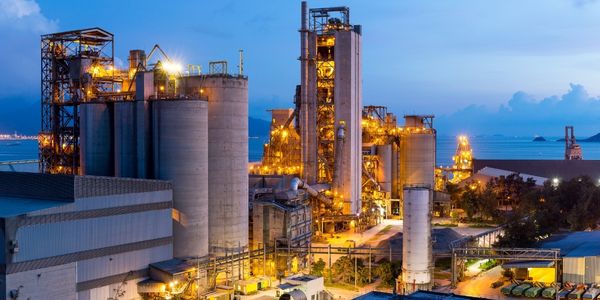
Case Study
System 800xA at Indian Cement Plants
Chettinad Cement recognized that further efficiencies could be achieved in its cement manufacturing process. It looked to investing in comprehensive operational and control technologies to manage and derive productivity and energy efficiency gains from the assets on Line 2, their second plant in India.

Case Study
IoT System for Tunnel Construction
The Zenitaka Corporation ('Zenitaka') has two major business areas: its architectural business focuses on structures such as government buildings, office buildings, and commercial facilities, while its civil engineering business is targeted at structures such as tunnels, bridges and dams. Within these areas, there presented two issues that have always persisted in regard to the construction of mountain tunnels. These issues are 'improving safety" and "reducing energy consumption". Mountain tunnels construction requires a massive amount of electricity. This is because there are many kinds of electrical equipment being used day and night, including construction machinery, construction lighting, and ventilating fan. Despite this, the amount of power consumption is generally not tightly managed. In many cases, the exact amount of power consumption is only ascertained when the bill from the power company becomes available. Sometimes, corporations install demand-monitoring equipment to help curb the maximum power demanded. However, even in these cases, the devices only allow the total volume of power consumption to be ascertained, or they may issue warnings to prevent the contracted volume of power from being exceeded. In order to tackle the issue of reducing power consumption, it was first necessary to obtain an accurate breakdown of how much power was being used in each particular area. In other words, we needed to be able to visualize the amount of power being consumed. Safety, was also not being managed very rigorously. Even now, tunnel construction sites often use a 'name label' system for managing entry into the work site. Specifically, red labels with white reverse sides that bear the workers' names on both sides are displayed at the tunnel work site entrance. The workers themselves then flip the name label to the appropriate side when entering or exiting from the work site to indicate whether or not they are working inside the tunnel at any given time. If a worker forgets to flip his or her name label when entering or exiting from the tunnel, management cannot be performed effectively. In order to tackle the challenges mentioned above, Zenitaka decided to build a system that could improve the safety of tunnel construction as well as reduce the amount of power consumed. In other words, this new system would facilitate a clear picture of which workers were working in each location at the mountain tunnel construction site, as well as which processes were being carried out at those respective locations at any given time. The system would maintain the safety of all workers while also carefully controlling the electrical equipment to reduce unnecessary power consumption. Having decided on the concept, our next concern was whether there existed any kind of robust hardware that would not break down at the construction work site, that could move freely in response to changes in the working environment, and that could accurately detect workers and vehicles using radio frequency identification (RFID). Given that this system would involve many components that were new to Zenitaka, we decided to enlist the cooperation of E.I.Sol Co., Ltd. ('E.I.Sol') as our joint development partner, as they had provided us with a highly practical proposal.

Case Study
Splunk Partnership Ties Together Big Data & IoT Services
Splunk was faced with the need to meet emerging customer demands for interfacing IoT projects to its suite of services. The company required an IoT partner that would be able to easily and quickly integrate with its Splunk Enterprise platform, rather than allocating development resources and time to building out an IoT interface and application platform.
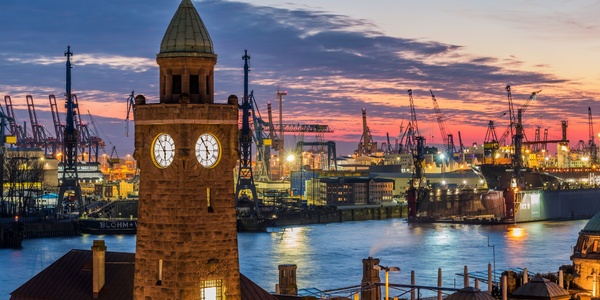
Case Study
Bridge monitoring in Hamburg Port
Kattwyk Bridge is used for both rail and road transport, and it has played an important role in the Port of Hamburg since 1973. However, the increasing pressure from traffic requires a monitoring solution. The goal of the project is to assess in real-time the bridge's status and dynamic responses to traffic and lift processes.
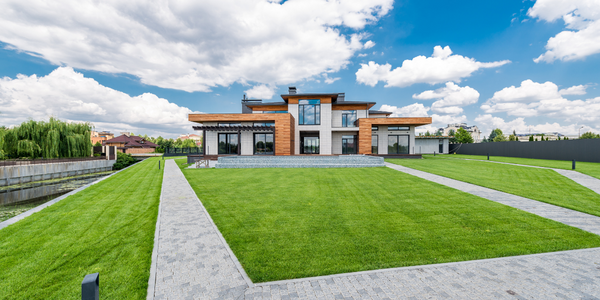
Case Study
Bellas Landscaping
Leading landscaping firm serving central Illinois streamlines operations with Samsara’s real-time fleet tracking solution: • 30+ vehicle fleet includes International Terrastar dump trucks and flatbeds, medium- and light-duty pickups from Ford and Chevrolet. Winter fleet includes of snow plows and salters.




